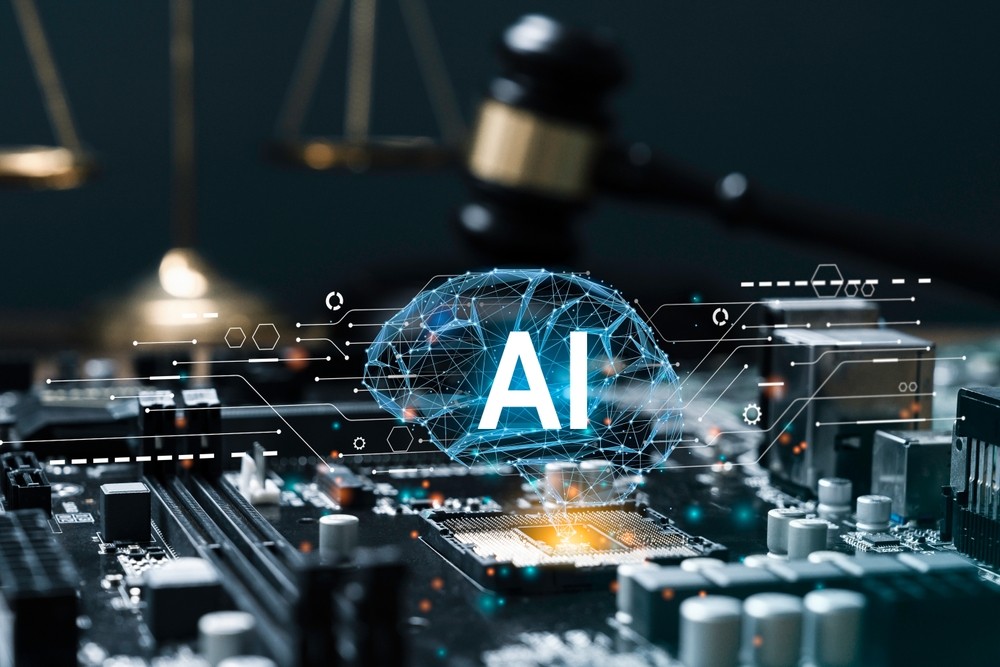The "State of the Next Data Cycle: How do you GPU?" Report provides unique insights into the current landscape of enterprise AI and GPU utilization, offering a rare glimpse into the opinions and experiences of enterprise AI customers. The report is based on an analysis of nearly 17,000 digital conversations among approximately 200 industry leaders and executives across platforms including LinkedIn, Twitter, Reddit, GitHub and Discord.
"The next wave of innovation is being driven by how companies activate their unstructured data," said David Flynn, founder and CEO of Hammerspace. "Our research shows that the GPUs many enterprises originally purchased for AI projects are becoming the Swiss Army knife of data processing. This infrastructure is unlocking value in ways we never expected across various sectors."
AI Reality Check: Conversations over Implementation Indicates Exploration
Public conversations about AI have surged 383% since 2022
60% of those analyzed focused on thought leadership, while only a third (33%) focused on innovation
59% of innovation-related discussions focus on enhancing productivity
Only 18% of innovation conversations are dedicated to achieving better AI outcomes
Ethics accounts for one-third of AI discussions, with 51% of the ethics conversations concerning policy and best practices
A Not-so-Secret Weapon Showing Up in Unexpected Ways: GPUs
Despite significant investments in AI infrastructure, including enormous investments in powerful GPU chips, companies have struggled to put them to use on AI workloads and used them on other better-understood use cases. The purchased GPUs initially intended for AI projects are also being used for a wide variety of applications, including expediting existing big data and analytics projects.
The use-cases span industries including big tech, scientific research, and media and entertainment. The Hammerspace report features case studies from Meta Platforms, Los Alamos National Laboratory (LANL) and a leading streaming media and entertainment content creator, detailing their unique uses of GPUs to do everything from optimizing video streaming, building LLMs and processing data critical for pandemic preparedness and climate change mitigation.
"This trend underscores the critical need for flexible data orchestration in the modern enterprise. As GPUs evolve into versatile tools, companies must be able to efficiently move and process their data, regardless of where it resides or what hardware is being used. The businesses that can do this effectively will be the ones leading the charge in innovation," added Flynn.





